
KANE WILLIAMSON
How does one grow up to become Kane Williamson?
What kind of young cricketer was he before leading New Zealand to world-class success?
What path shaped his calm leadership and consistent excellence on and off the field?
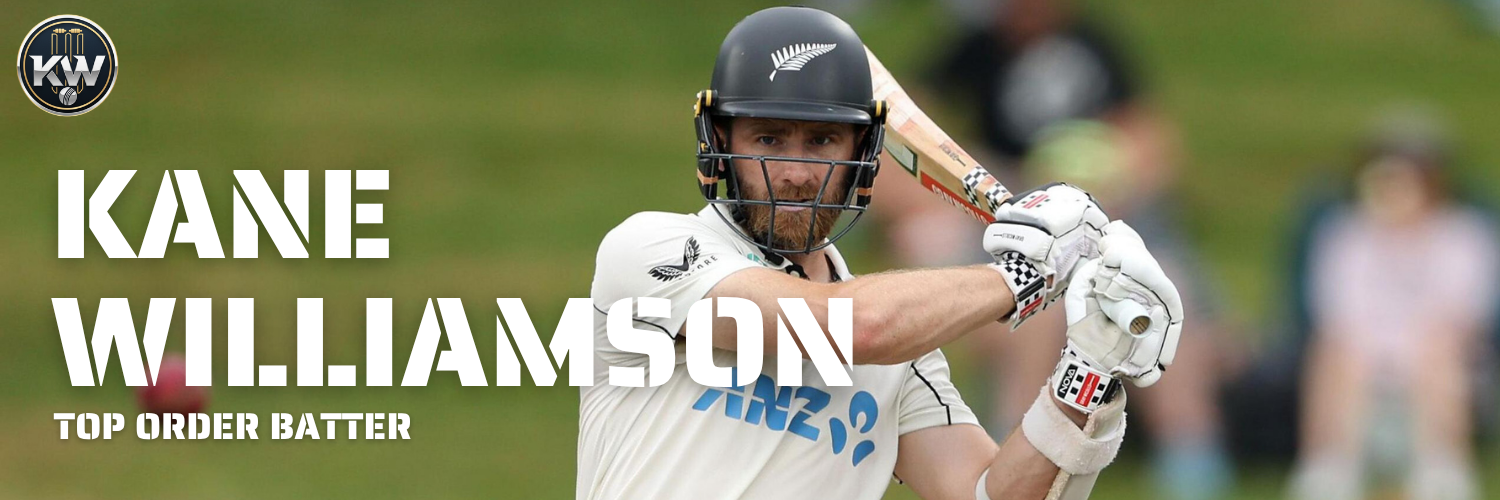


How does one grow up to become Kane Williamson?
What kind of young cricketer was he before leading New Zealand to world-class success?
What path shaped his calm leadership and consistent excellence on and off the field?
The modern era of cricket has produced many flamboyant talents and charismatic leaders. Yet, standing apart in quiet excellence is Kane Williamson – the understated genius from Tauranga, New Zealand, whose grace under pressure and mastery with the bat have redefined leadership in world cricket. While others seek headlines, Williamson builds legacies – through patience, precision, and profound humility.
He is more than just a player; he is the philosophical center of New Zealand cricket’s rise. As captain, he led the Blackcaps to the 2019 World Cup final and the 2021 World Test Championship title. As a batsman, he has joined the pantheon of the “Fab Four,” alongside Kohli, Smith, and Root. And as a person, he has become the embodiment of calm – a model of integrity in an age obsessed with noise.
For a full timeline of his rise from Tauranga prodigy to Blackcaps legend, explore our Kane Williamson Profile & Career section.
Every journey begins somewhere, and for Kane Stuart Williamson, it began amidst the calm coastal city of Tauranga in New Zealand’s Bay of Plenty. His story is one of nurture and nature combined – a tale of a sporting household that valued effort above ego and discipline above drama.
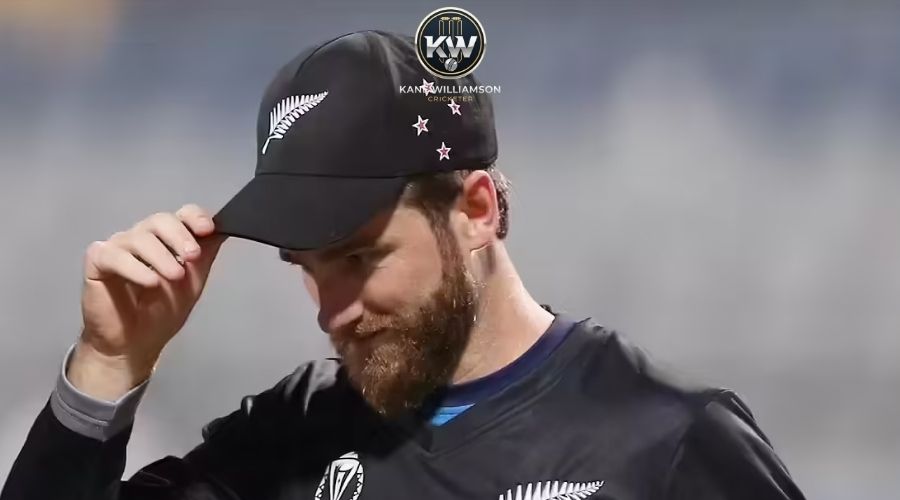
Born on August 8, 1990, Kane was surrounded by athletic energy from the beginning. His father, Brett Williamson, was a club cricketer who introduced his son to the game’s rhythm and patience. His mother, Sandra, represented New Zealand in basketball – infusing a sense of precision, spatial awareness, and team ethics into family life.
Kane grew up as one of five children – with a twin brother, Logan, and three elder sisters, Anna, Kylie, and Sophie. His sisters excelled in volleyball, and some represented New Zealand at junior levels. It was a house where sport was a language – dinner conversations revolved around practice, teamwork, and perseverance.
The Williamsons valued humility. No matter how well Kane performed, there was always a quiet reminder to “stay grounded.” It’s this early foundation that later defined his approach to fame and success.
Kane attended Tauranga Boys’ College, an institution that has produced several elite athletes. Here, under the mentorship of coach Pacey Depina, his batting technique evolved rapidly. Depina often said, “Even at 14, you could see his mind was older than his years – he played every ball on merit.”
At school level, Kane captained the First XI and averaged more than 90 in his senior season. By 17, he was already a name to watch in youth cricket. His composure impressed selectors, and in 2007 he debuted for Northern Districts in first-class cricket – becoming one of the youngest players to do so.
That same year, he represented New Zealand in the Under-19 World Cup in Malaysia (2008), leading the side as captain. His leadership stood out even more than his batting – quiet, respectful, but commanding.
Transitioning from school cricket to the professional circuit is where many prodigies falter. Williamson, however, adapted seamlessly – combining natural talent with a monk-like focus.

Playing for Northern Districts Knights, Williamson’s discipline immediately caught attention. His early innings were not flamboyant but methodical – building from defense outward, wearing down bowlers. Within two seasons, he had established himself as the bedrock of his team’s batting lineup.
His 2009–10 Plunket Shield season was a breakthrough, where he averaged above 60 and notched multiple centuries. Teammates recall how he spent hours in the nets perfecting the same shot, seeking rhythm rather than experimentation.
By 2010, there was no question – he was the next great hope of New Zealand cricket.
Williamson’s technical soundness made him a perfect fit for English County Cricket. His stints with Gloucestershire (2011) and Yorkshire (2013–2018) honed his adaptability. The damp English conditions tested his defensive technique, and he thrived, scoring heavy runs while earning the respect of purists.
In franchise cricket, he found a second classroom – the Indian Premier League (IPL). Joining Sunrisers Hyderabad (SRH) in 2015, he brought stability to a league dominated by power-hitters. When he captained SRH in 2018, he led by example – topping the run charts with 735 runs and winning the Orange Cap. His calm captaincy drew widespread admiration, with former pros comparing his leadership to Dhoni’s serenity and Dravid’s intellect.
In 2023, he moved to Gujarat Titans, continuing to provide mentorship and reliability. His IPL journey not only built his financial profile but deepened his understanding of subcontinental conditions – invaluable for international cricket.
Williamson’s international journey mirrors the rise of New Zealand cricket itself – from underdogs to world-beaters. His influence, both as a run-scorer and captain, is woven into the nation’s cricketing identity.
He debuted in ODIs in 2010 against India but made headlines with his Test debut century later that year in Ahmedabad. His 131 against an elite Indian attack demonstrated maturity beyond his years.
Over the next decade, he became the backbone of the batting order, known for his ability to read bowlers early, judge length instantly, and turn pressure into opportunity. His partnerships with Ross Taylor formed the core of New Zealand’s batting renaissance.
By 2015, when Brendon McCullum led the team to the World Cup final, Williamson had already cemented himself as vice-captain and tactical thinker – the quiet brain behind the aggression.
In 2016, as McCullum retired, the natural successor was clear. Williamson took over as captain in all formats, and his style was the antithesis of flamboyance. Where McCullum inspired with fire, Kane led with stillness.
Under his captaincy, New Zealand became the world’s most respected cricket side – admired not just for wins but for sportsmanship.
The 2019 ODI World Cup was his defining moment. Throughout the tournament, he batted like a surgeon – precise, unhurried, unbreakable. His 578 runs earned him the Player of the Tournament award. Yet, in the heartbreaking final against England decided by boundary countback, his post-match composure won global hearts. His grace in defeat was hailed as the epitome of the spirit of cricket.
Two years later came redemption – ICC World Test Championship 2021. Under his leadership, New Zealand defeated India in the final, and his unbeaten 52 in the chase sealed history. It was the nation’s first global cricket title, and Williamson’s image lifting the mace became an instant national symbol.
Even after stepping back from Test captaincy in 2022, Williamson continued to pile runs. In early 2023, he surpassed Ross Taylor’s record to become New Zealand’s all-time leading Test run-scorer. His consistency remains staggering – over 9,000 Test runs at an average above 55, alongside over 7,000 ODI runs.
He remains one of only a handful of players to average above 40 across all formats – an elite statistical hallmark.
In the era of analytics, Williamson’s strike rate may not dazzle, but his efficiency is unmatched. Analysts note his dot-ball control and boundary conversion rate make him among the most effective anchors in modern cricket.
Few modern batsmen blend art and science the way Kane Williamson does. His success is an orchestration of precise mechanics and psychological clarity.
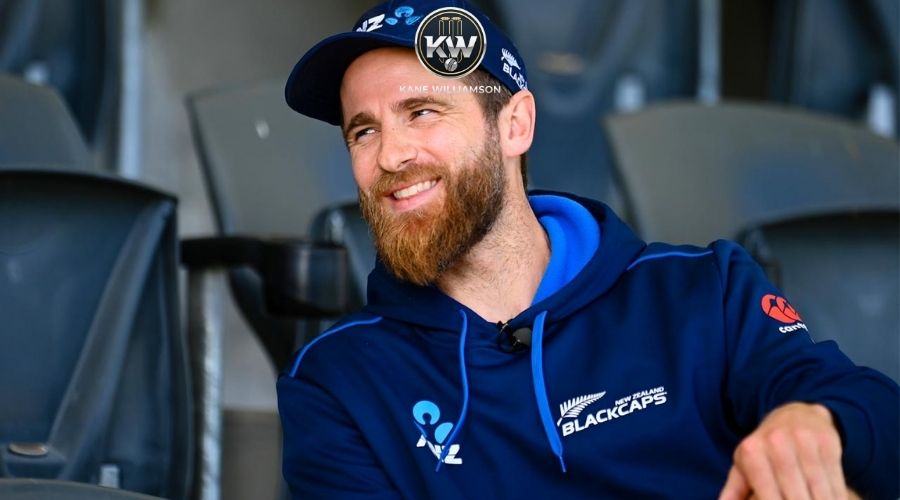
Williamson’s batting resembles classical composition – minimalist yet profound. His high elbow technique and late play give him time to adjust to movement off the pitch, crucial in seaming conditions. His head stays perfectly still, his front foot balanced, his bat straight – the image of textbook purity.
He is particularly strong through the off-side, with a cover drive that commentators often call “liquid gold.” Against spin, his soft hands and nimble footwork neutralize threat. Unlike many power hitters, Williamson scores by precision, not brute force.
His favorite shots – the back-foot punch and the late cut – reflect patience and timing. Coaches say his most dangerous weapon is his restraint.
In a sport where adrenaline often rules, Williamson’s composure is legendary. He meditates regularly, reads philosophy, and maintains a simple pre-match routine focused on breathing and visualization.
He once said, “You can’t control outcomes, only your process.” This mantra defines his leadership. Whether 10/2 or chasing 300, his expression never changes – a calm that steadies the entire dressing room.
Opponents like Virat Kohli and Steve Smith have publicly praised his demeanor, with Kohli calling him “the most respected man in cricket.” His “Steady the Ship” nickname is no cliché – it’s a reflection of his ability to turn chaos into control.
Williamson’s career is a treasure chest of milestones – yet he treats each with detachment. Records are outcomes, not obsessions.
Fans and analysts can dive deeper into his numbers, milestones, and breaking records inside our dedicated Stats & Records hub.
Few cricketers have managed to blend excellence and humility the way Williamson has, and his trophy cabinet reflects both sides of that balance.
Beyond these titles, there are countless inclusions in the ICC Test and ODI Teams of the Year, captaincy recognitions, and leadership accolades. But ask Williamson what he values most, and he’ll likely say “respect.” His true reward lies in the admiration of peers – an invisible medal worn only by those who lead through integrity.
In the annals of New Zealand cricket, Williamson’s name now sits beside Sir Richard Hadlee and Martin Crowe as one of the nation’s defining figures. Statistically, his legacy is monumental.
| Format | Matches | Runs | Average | Centuries | High Score |
| Test | 100+ | 9,000+ | 55+ | 31 | 251 |
| ODI | 160+ | 7,000+ | 48+ | 15 | 148 |
| T20I | 85+ | 2,500+ | 33 | 0 | 95* |
Across formats, his strike rate of over 75 in ODIs and his Test conversion rate – centuries to fifties – of nearly 50% place him in cricket’s statistical elite. He is the fastest New Zealander to reach 3,000, 4,000, 5,000, and 6,000 Test runs, a reflection of his rare blend of consistency and concentration.
In Tests, Williamson’s double centuries – including a majestic 251 against West Indies in Hamilton (2020) and 200* against Pakistan (2021) – showcase his ability to bat for hours without lapses in focus. Each of these innings combined patience with artistry, transforming attrition into beauty.
In One-Day Internationals, he remains New Zealand’s most reliable chaser. His unbeaten 145* against South Africa in Kimberley and 138* against England in 2015 remain masterclasses in timing and temperament. Though not a natural power hitter, he’s built his ODI success on placement, precision, and the art of pacing an innings.
Even in T20Is – a format seemingly misaligned with his personality – Williamson has proved invaluable. His 95* against India in 2020 remains one of the finest examples of controlled aggression, built on clean technique rather than brute force.
By 2025, Williamson’s combined international tally surpasses 18,500 runs across formats, with 46 centuries and more than 100 half-centuries. For the latest updates on his form, injuries, captaincy calls, and series performances, follow our Kane Williamson News section. Among all active cricketers, his Test average consistently ranks in the global top ten, reinforcing his place among the “Fab Four” alongside Virat Kohli, Steve Smith, and Joe Root.
What sets him apart is not only the quantity of runs but the context in which they are scored. Williamson’s centuries often arrive when his team is in crisis – turning collapses into recoveries, deficits into dominance. His hundreds are less celebrations of personal triumph than acts of rescue, earned through endurance rather than flair.
Each milestone tells a story: of composure in Colombo, of elegance at Lord’s, of defiance in Dubai. And through them all, one truth endures – Kane Williamson doesn’t chase records; he builds them, quietly, patiently, inevitably.
For a man whose career has been built on balance and control, Kane Williamson’s financial story reflects those same qualities – steady, transparent, and earned entirely through integrity and performance. There are no scandals, no extravagant sponsorship dramas, and no flamboyant lifestyle headlines. Instead, his wealth mirrors his personality: quiet, structured, and deeply rooted in professionalism.
If you want a clearer breakdown of his central contracts, IPL deals, and estimated valuation, head to our Contract & Market Value page.
As a centrally contracted player under New Zealand Cricket (NZC), Williamson occupies the highest earning bracket reserved for the nation’s elite – players who represent the country across all formats. His annual base retainer is estimated at around US $440,000 (approximately NZ $700,000), a figure reflecting his seniority and irreplaceable role in the team setup.
In addition to this fixed salary, Williamson earns match fees every time he represents New Zealand. Each Test match adds roughly US $8,000, while an ODI appearance brings about US $3,600, and a T20I appearance around US $2,400. These payments may appear modest compared to cricket’s richest nations, but they form the backbone of a sustainable, performance-based model that New Zealand Cricket has long championed.
Performance bonuses and ICC event incentives further increase his yearly total. When these are combined with sponsorship earnings and leadership bonuses, Williamson’s annual income from cricket surpasses US $1.5 million, placing him among New Zealand’s top three highest-paid athletes across all sports. It’s a level of income that reflects not only his output on the field but also the cultural and symbolic value he carries as the face of New Zealand cricket.
Yet, what sets Williamson apart is his lack of obsession with numbers – financial or otherwise. Those close to him note that he rarely discusses money, preferring to focus on consistency and preparation. To him, the reward lies not in wealth accumulation but in professional fulfillment and national pride.
While international cricket laid the foundation for his reputation, the Indian Premier League (IPL) has been a significant driver of Williamson’s financial growth. The IPL’s global stage – with its television rights, brand visibility, and premium contracts – turned him from a domestic hero into a global ambassador of calmness and craft.
Williamson joined Sunrisers Hyderabad (SRH) in 2015 as a technically gifted overseas recruit. His early IPL contracts were modest, around ₹60 lakhs (≈ US $75,000) per season. However, his measured captaincy, reliability under pressure, and consistent batting transformed his market value almost overnight.
By 2018, he was handed full captaincy duties for SRH and responded with one of the most remarkable individual seasons in franchise history – 735 runs, earning him the Orange Cap for the highest run-scorer. The following season, his contract soared to ₹14 crore (≈ US $1.8 million), a reflection of both performance and leadership stability.
After several successful seasons, Williamson was signed by Gujarat Titans (GT) in 2023 for around ₹2 crore (≈ US $240,000). While the figure was lower than his peak, his role shifted from star run-maker to mentor – guiding young talents and maintaining dressing-room calm in a league often dictated by ego and adrenaline.
For IPL franchises, Williamson’s value transcends the scoreboard. His calm authority, impeccable professionalism, and ability to anchor high-pressure games make him one of the league’s most respected figures. As former SRH coach Tom Moody once said, “Kane’s leadership is worth every rupee – you can’t quantify composure.”
Away from the field, Williamson’s reputation for humility and credibility has made him a sought-after figure for premium brands. Unlike players who chase every sponsorship opportunity, he carefully selects partnerships that align with his image – authenticity over abundance.
His endorsement portfolio includes renowned names such as Asics (sports apparel), Rockit Apples (New Zealand fruit export brand), Powerade (sports beverage), and Seagram’s Royal Stag (lifestyle brand). These associations are not mere commercial deals; they represent long-term collaborations that emphasize trust, performance, and clean public image – values synonymous with the Williamson persona.
In the advertising world, he’s often portrayed not as a celebrity, but as a role model – the disciplined craftsman who embodies focus and grace. This branding strategy has helped him maintain a premium appeal without oversaturation, making him one of the most marketable sports personalities in New Zealand.
Despite a career that spans more than a decade at the pinnacle of international cricket, Kane Williamson remains remarkably grounded. He resides in Mount Maunganui, a quiet coastal town near Tauranga, far from the bustle of celebrity life. His house is comfortable but unpretentious – more family retreat than luxury mansion.
Williamson’s hobbies reflect this simplicity. He enjoys surfing, fishing, and barbecues with close friends rather than nightlife or lavish parties. Former teammates often joke that “if Kane wasn’t a cricketer, he’d be a teacher or philosopher.”
Financial analysts estimate his net worth at approximately US $10–11 million (≈ ₹85–90 crore INR) as of 2025. This wealth stems from a balanced mix of national contracts, IPL salaries, endorsements, and conservative investments in property and sports-related ventures.
Unlike many modern athletes, Williamson’s approach to wealth is conservative – favoring long-term stability over risk. Sources close to him note that much of his income is channeled into secure real-estate holdings in New Zealand, trust funds for family, and charitable initiatives that support youth cricket development.
Behind the calm exterior that defines Kane Williamson on the field lies an equally grounded and thoughtful personal life. Readers who want to explore more stories about his family life, routines, hobbies, and off-field values can browse our Lifestyle & Personal category. Away from the noise of stadiums and the scrutiny of cameras, he has built a private world anchored in simplicity, love, and perspective. For someone constantly in the public eye, Williamson’s ability to maintain normalcy is remarkable – a reflection of his deep-seated values and disciplined approach to life beyond cricket.
Kane Williamson’s relationship with Sarah Raheem has always been an embodiment of quiet strength. The two reportedly met in 2015 while Kane was playing county cricket in England, and Sarah was working as a nurse in the United Kingdom. Their connection was immediate but understated – rooted in shared humility and mutual respect rather than fame or glamour.
Sarah, of Indian-English heritage, grew up in Bristol and completed her studies in healthcare before pursuing a nursing career. Her profession, one of care and compassion, mirrors many of the values that define Kane’s own personality – patience, empathy, and emotional steadiness. Friends and close teammates often remark that Sarah’s calm presence perfectly balances Kane’s composed but high-pressure lifestyle. “If Kane is the stillness in the storm, Sarah is the quiet warmth that keeps that calm alive,” one family friend once described.
Unlike the partners of many high-profile athletes, Sarah has consciously chosen to stay away from the spotlight. She rarely appears in public events, interviews, or red-carpet ceremonies, preferring to live a life focused on family and personal fulfillment. When she does attend matches, she sits discreetly among family members, cheering with quiet pride rather than showmanship. Her modesty and composure have earned admiration from fans who see her as a reflection of Kane’s own ethos – grounded, graceful, and genuine.
Their relationship thrives on privacy and shared understanding. Both prefer a minimal social media presence, valuing experiences over appearances. While the world celebrates Kane’s centuries and captaincy milestones, his closest moments of joy remain those spent with Sarah – quiet walks, home-cooked meals, and time spent by the sea near their home in Mount Maunganui.

The arrival of their children marked a turning point in Kane Williamsons life, adding depth and balance to his identity as both a cricketer and a man. In December 2020, Kane and Sarah welcomed their first child, a daughter. Her birth came during a hectic international season, but Williamson made the deliberate choice to take time off from matches to be present for her arrival. His decision to step away from the game at that moment earned widespread respect – a reminder that even in the competitive world of elite sport, family remains his true priority.
Three years later, in 2023, the couple celebrated the birth of their son. Once again, Williamson’s devotion to his family was evident. He briefly withdrew from national duties to spend time at home, showing the same balance and discipline in his personal commitments that he demonstrates at the crease.
Fatherhood, by all accounts, has reshaped Kane Williamson’s worldview. Those close to him say it has softened his already empathetic nature, giving him a broader sense of perspective. In interviews, he has reflected that parenthood brought him a deeper understanding of patience and gratitude – qualities that have subtly influenced his approach to cricket as well.
He once said in an interview, “Cricket gives me purpose, but family gives me peace.” That single line encapsulates the equilibrium he has achieved – the ability to chase greatness while staying deeply connected to the ordinary joys of life.
At home, he is not the captain of the Blackcaps but a hands-on father who enjoys early morning feedings, story time, and beach outings with his kids. His teammates often joke that Kane’s calmness on the field is nothing compared to his endurance during sleepless nights with a newborn.
His family has also influenced his professional decisions. Over the past few years, Williamson has been selective with international tours and franchise contracts, prioritizing time with his loved ones over financial gain or records. His choices reflect a maturity that transcends sport – an understanding that legacy is measured not just by statistics, but by balance and integrity.
In a world where athletes often become consumed by competition, Kane Williamson’s private life stands as a quiet counterpoint. His partnership with Sarah Raheem and his devotion to his children reveal a man who has mastered the art of balance – between ambition and serenity, fame and family, excellence and empathy.
Ultimately, it is this combination of humility and humanity that completes the portrait of Kane Williamson: a cricketer admired not just for his achievements, but for the calm, kind, and deeply genuine life he leads beyond the boundary.
Kane Williamson’s influence extends far beyond runs and records. His leadership has redefined what success means in modern cricket.
He rejects aggressive sledging cultures, instead fostering respect and inclusion. Under his captaincy, New Zealand became the neutral fan’s favorite team – competitive yet kind.
His teammates describe him as “approachable but demanding.” He encourages autonomy – giving bowlers ownership of fields, and batsmen confidence to express themselves.
Off the field, he is involved in youth cricket programs across New Zealand, mentoring upcoming players in mental strength and humility.
Globally, his image as cricket’s gentleman ambassador has made him one of the most loved figures in sport. Chants, wallpapers, favourite innings polls, and fan stories are all collected in our Fan Zone, built for supporters who follow every run he scores.
In an era obsessed with spectacle, Kane Williamson stands as a reminder that greatness can be silent. His journey – from Tauranga’s sun-washed fields to the world stage – is proof that discipline outlasts flair, and humility can lead nations.
He is not the loudest voice in the room, but the one everyone listens to.
He is not the most aggressive player, but the one opponents fear most.
He is, quite simply, cricket’s Quiet Giant – a leader whose calm will echo long after his final innings.
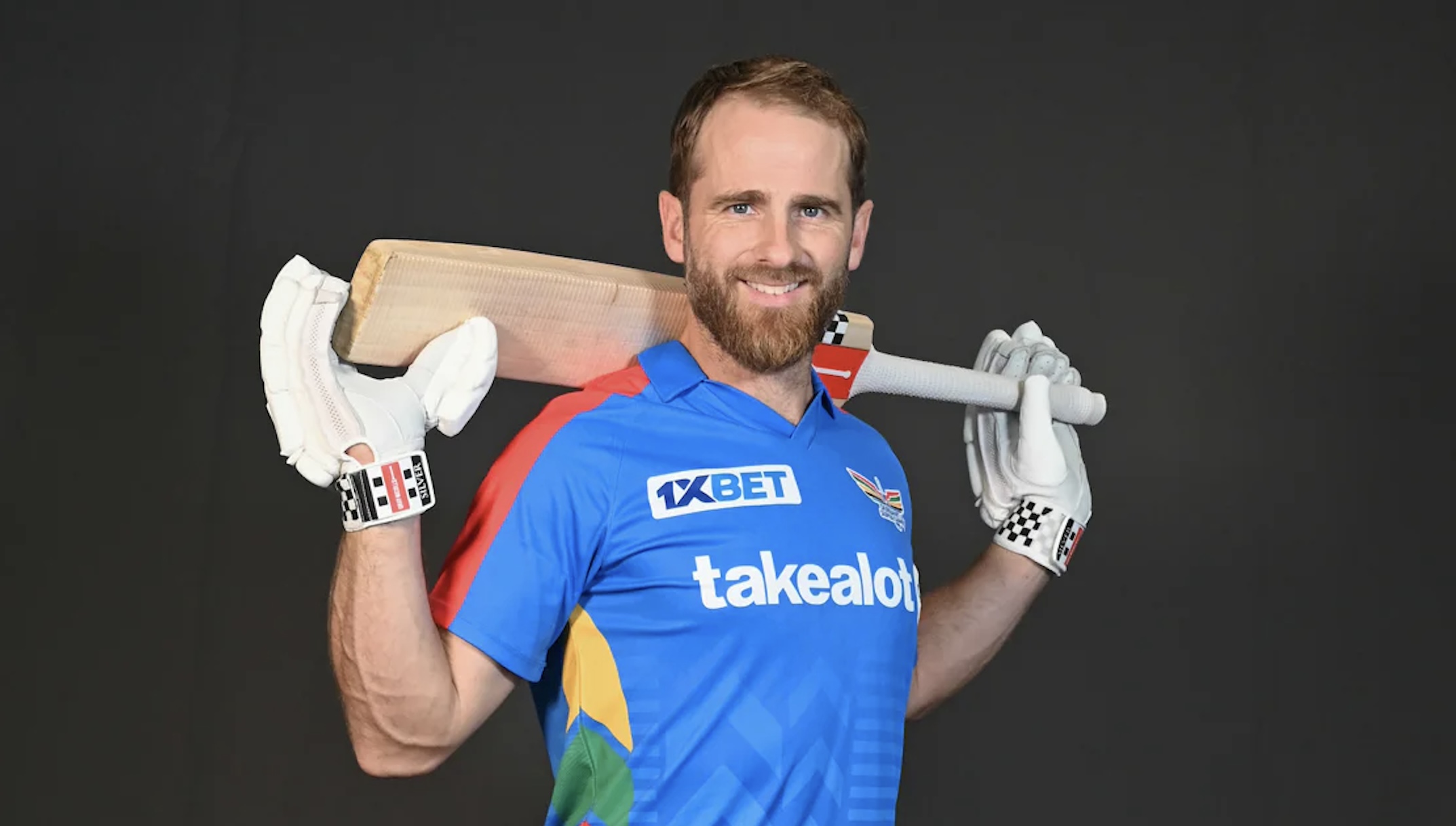
Facebook – Youtube – Twitter…
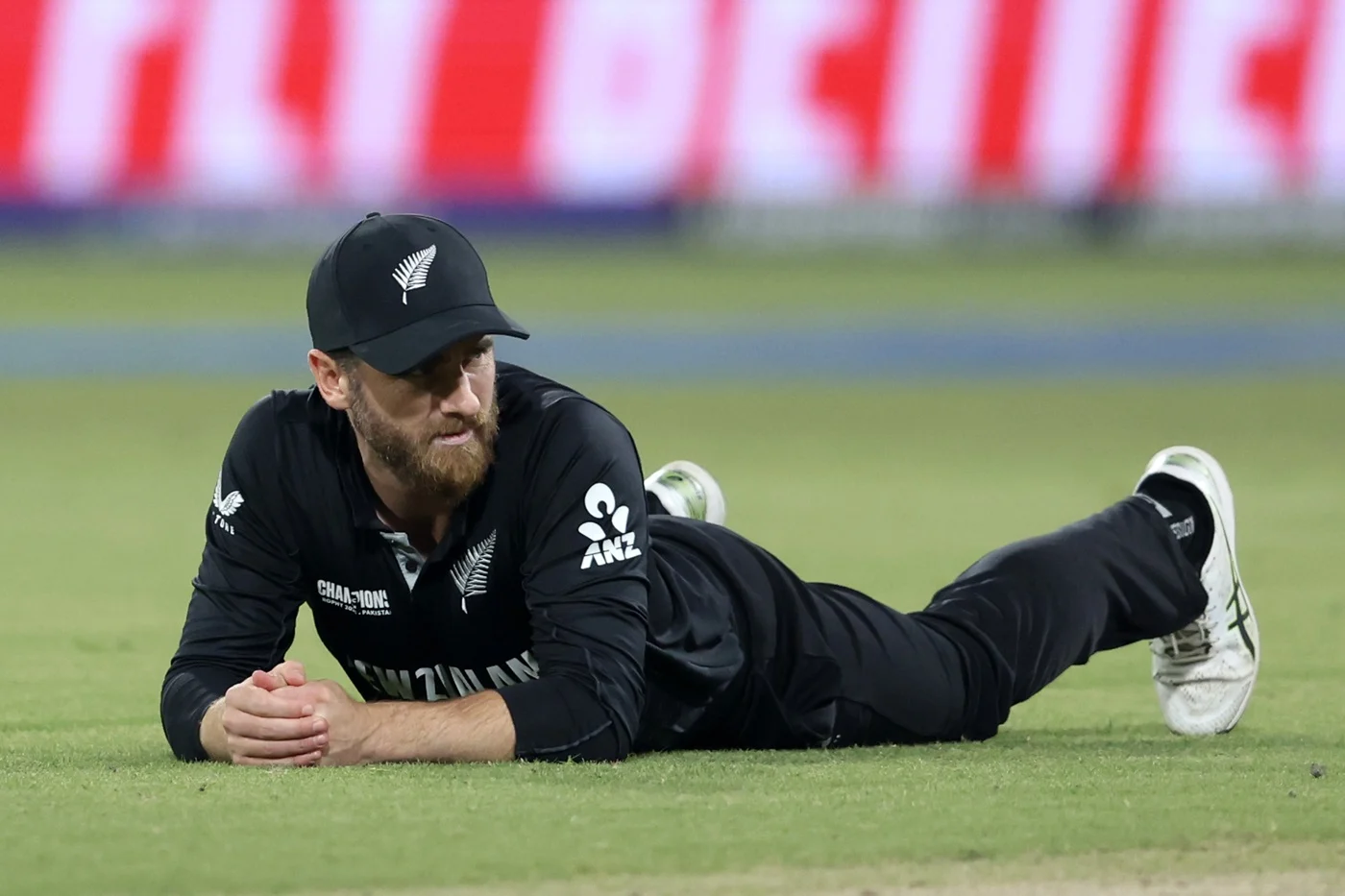
“I want to play as long as I can. … I love playing for New Zealand. I have really enjoyed my time captaining and it’s been a privilege and honour to do that for a number of years. … Want to keep being fit, doing as well as I can, keep trying to improve and play as long.”

Records, Cups, premiere …